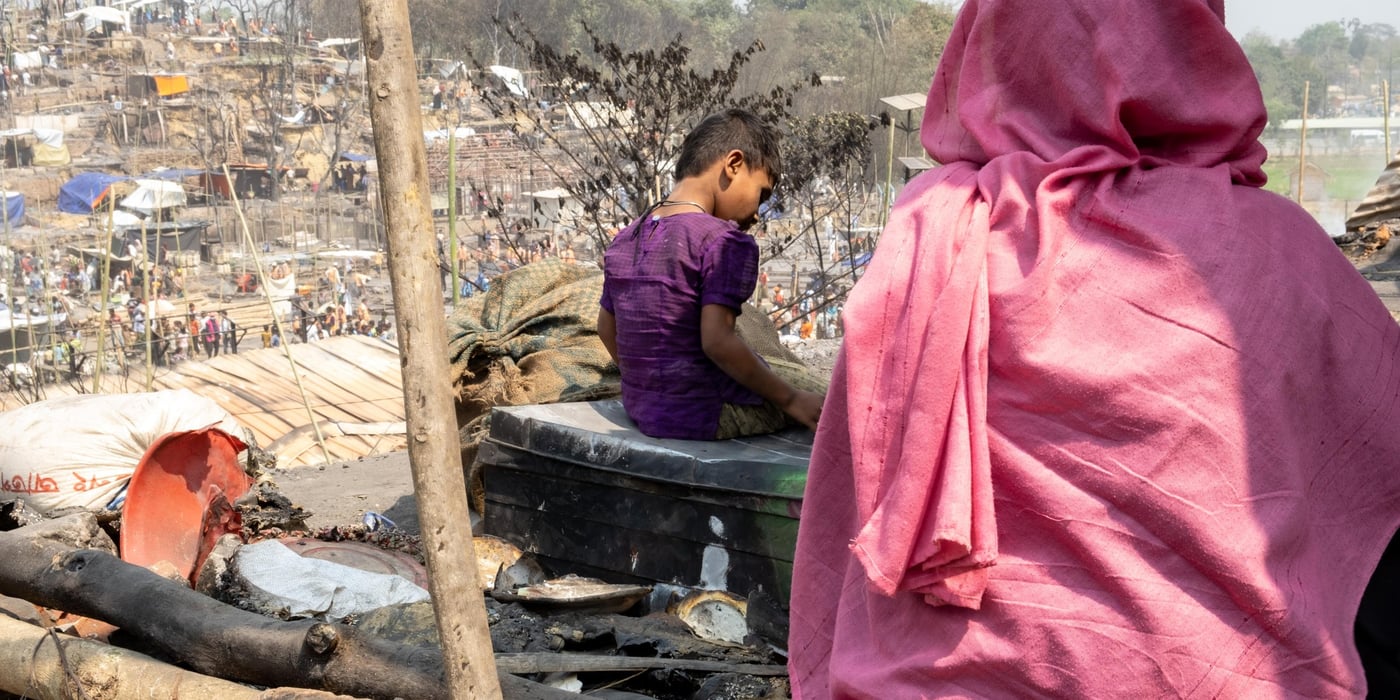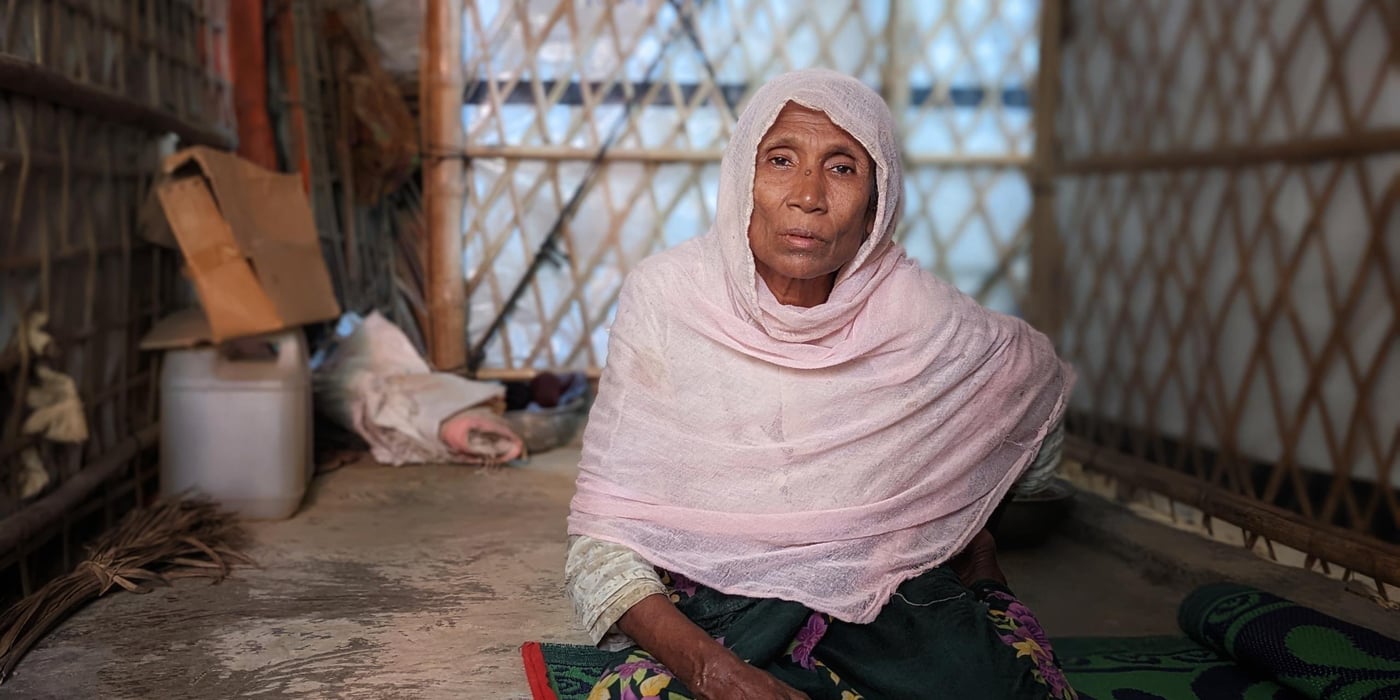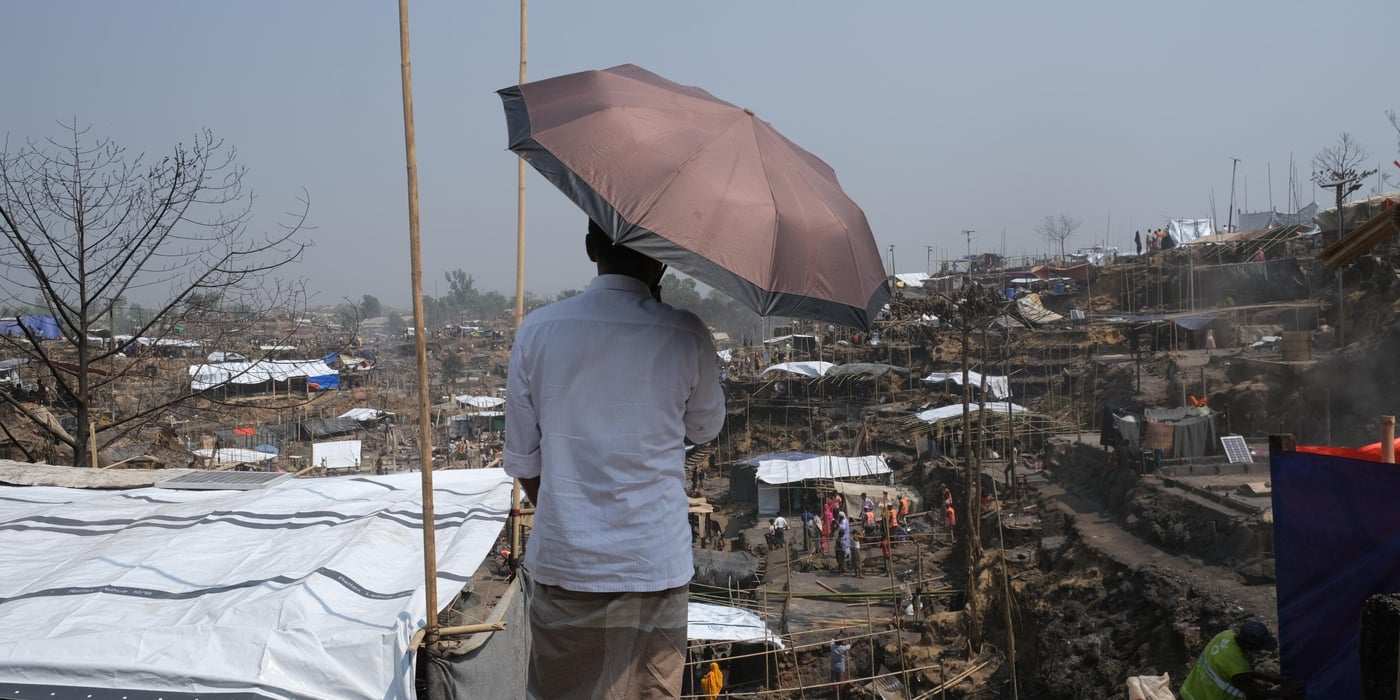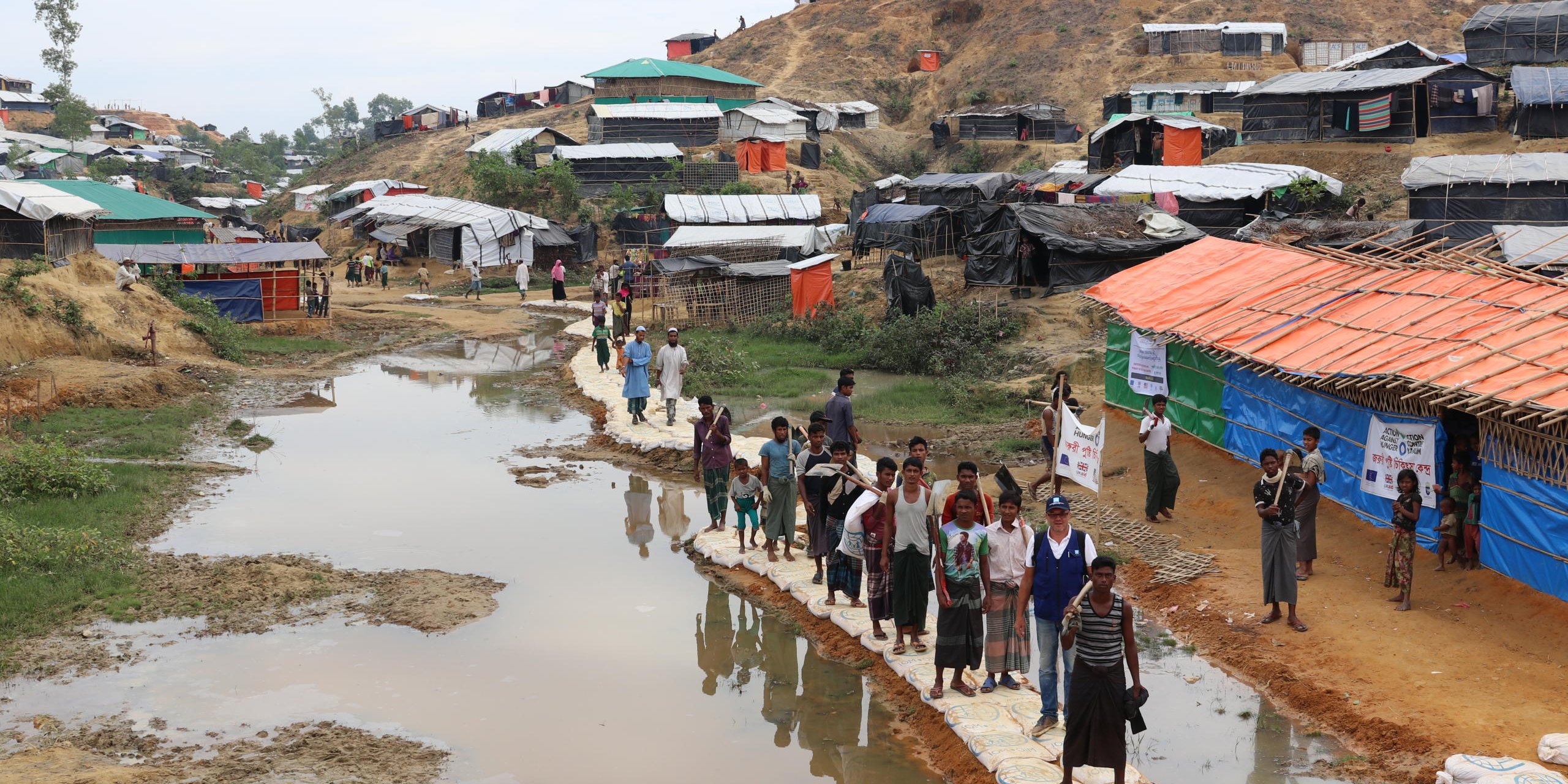
The persecution of the Rohingya ethnic minority in Myanmar triggered a refugee crisis. Over 1,000,000 people have since been displaced, including more than 700,000 refugees to Bangladesh. Today, overcrowded refugee camps like Cox’s Bazar, the world’s largest refugee settlement, scramble to provide protection.
“Due to the lack of available land, the camps remain highly congested, and essential infrastructure such as water, electricity, roads, health services and waste management is overburdened by the added population,” says Kaja Blattmann, a NORCAP expert deployed with UNHCR.
Blattmann, who works as a liaison to the Bangladeshi government, also points to restrictions on formal education and livelihood opportunities as added challenges to the already fragile situation.
“All these factors make it all but impossible to move beyond an emergency response and make the affected population less reliant on aid,” she says.
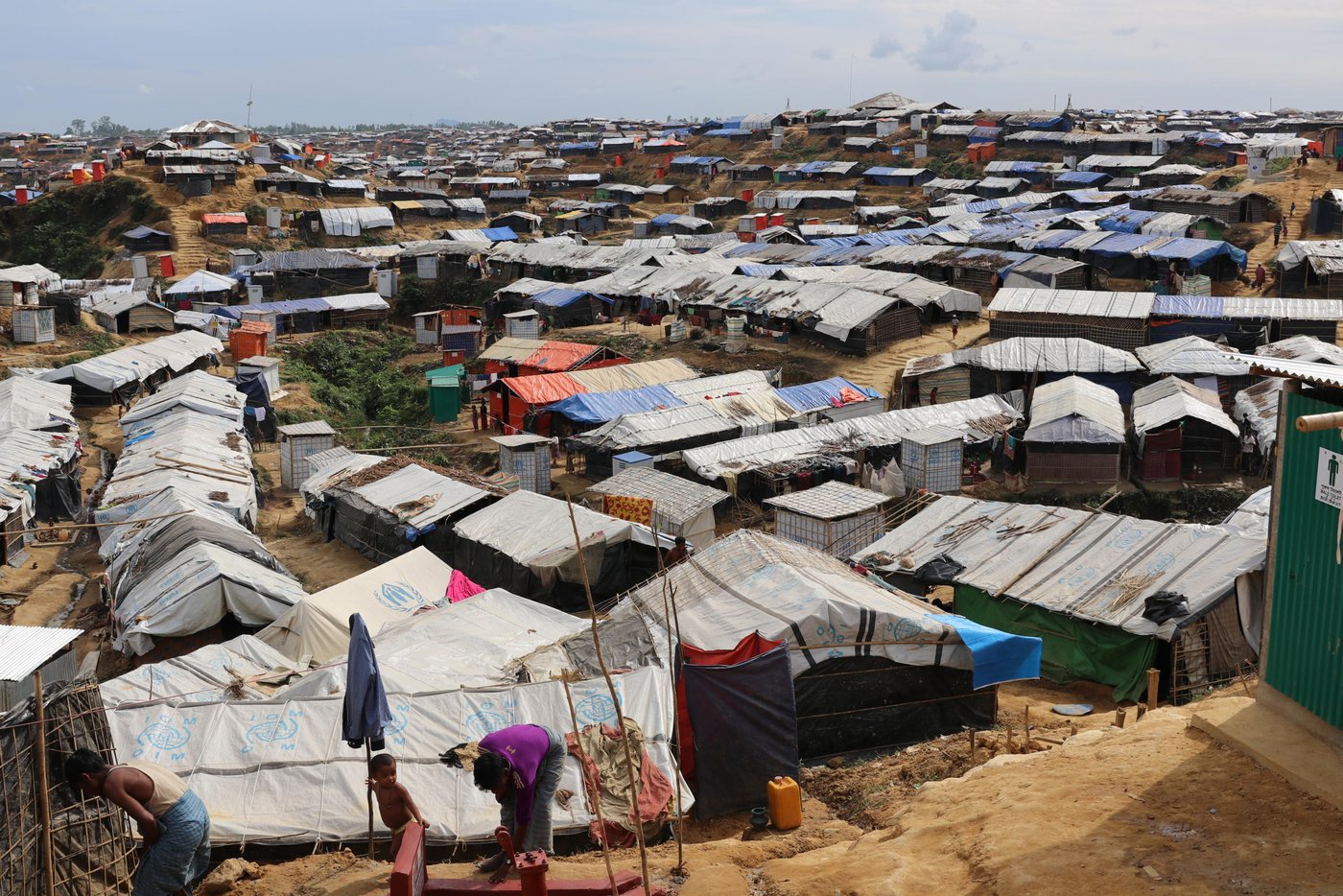
NORCAP water supply specialist Francis Ndivo, currently deployed with UNICEF, echoes these sentiments. He is working on improving water supply systems in Cox’s Bazar by drilling for pumpable ground water. Cramped spaces and an unforgiving climate make this a difficult task.
“Drilling wells for water is a challenge largely due to a lack of space,” he says.
“Wells that are too shallow risk becoming contaminated by E. coli, either through bacterial contamination or drying up during dry season. A more sustainable solution for quality water sources in the camps is through deep drilling, which means at least 300 meters into the ground. This, however, is a challenge as there is not enough space for machines to operate, or enough funding,” tells Ndivo.
Building climate resilience
Cox’s Bazar is situated on the southeast coast of Bangladesh in the country’s monsoon region, leaving refugee camps particularly vulnerable to natural disasters, like monsoons and cyclones.
“Nearing the end of this year’s monsoon season, the hard work of the Government, the humanitarians and the Rohingya community to prevent landslides and flooding has proven effective,” reports Blattmann. However, building resilience against climate hazards is an ongoing endeavour with cyclone season just around the corner.
“For the coming few months, our priority is to preposition stocks in the camps and strengthen structures and infrastructure and our ability to respond in case of a natural disaster,” says Blattmann.
Part of this effort will mean training over 150 new staff members, mostly from the host community, to support the day-to-day management of the camps.
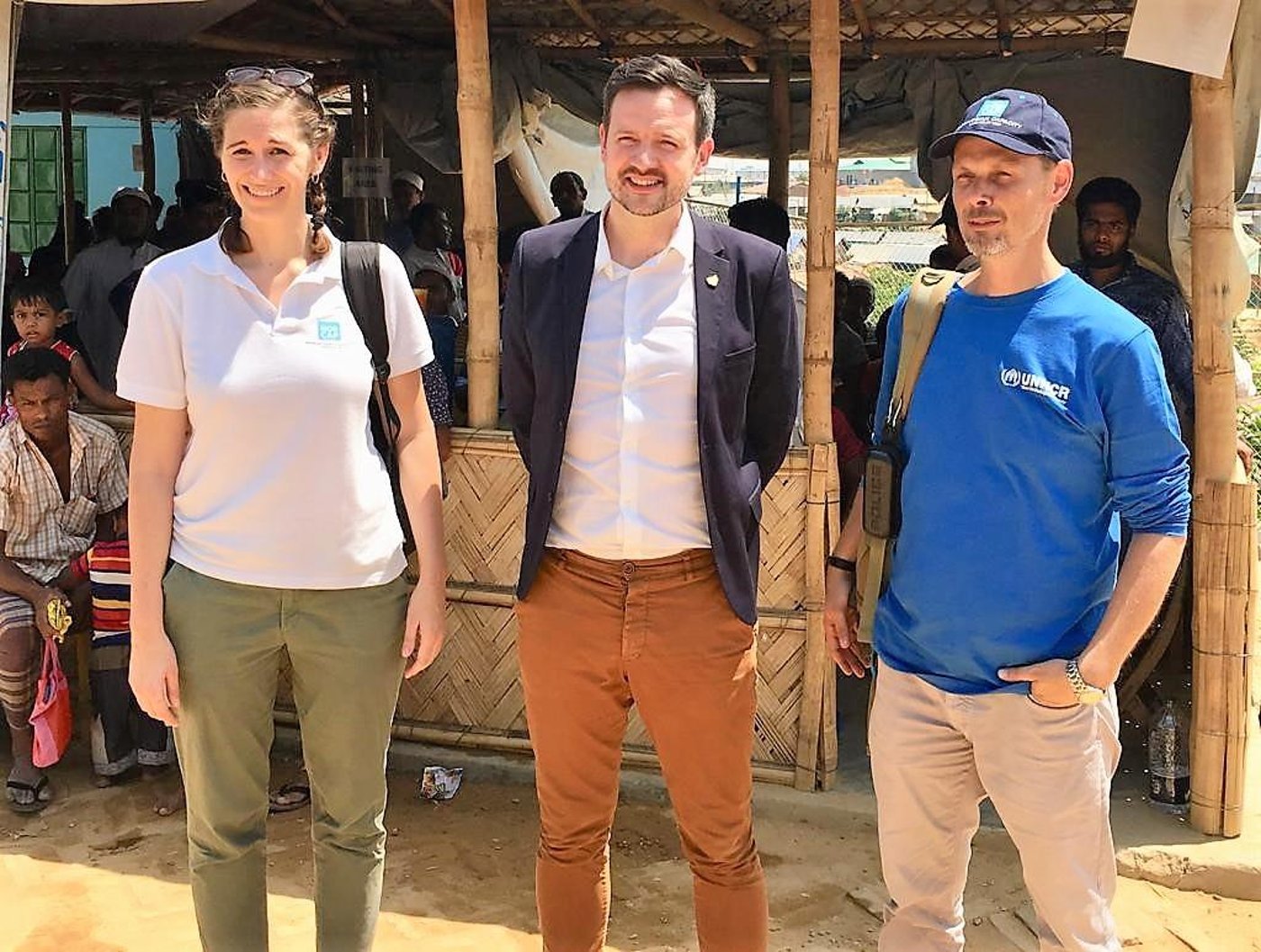
A push for durable solutions
Looking forward, NORCAP experts stress the need for more durable solutions.
According to Blattmann, “The situation in Myanmar is worsening with increased fighting in Northern Rakhine State. The Rohingya community is losing hope, as is the host community.”
In addition to building more durable infrastructure, such as drainage and waste management systems, stronger shelters and better roads, Blattmann recommends more community partnership in the coming year.
“I hope to see a more people-centred response, where the host community and Rohingya population are not merely surveyed or consulted, but more actively engaged in the response,” she says.
A joint statement signed by 61 national and international organisations earlier this week also advocated for Rohingya refugees to take part in any decision-making about their futures, including possible repatriation.
The UNHCR and Bangladeshi government maintain that no refugee will return involuntarily.


